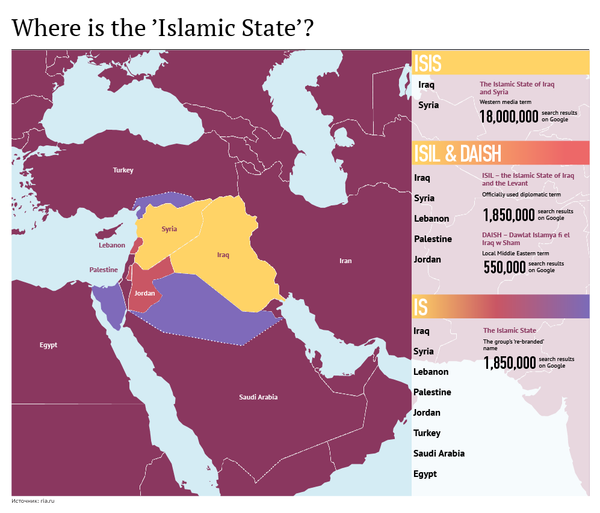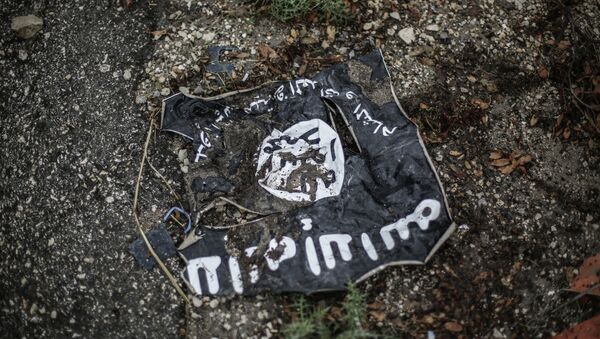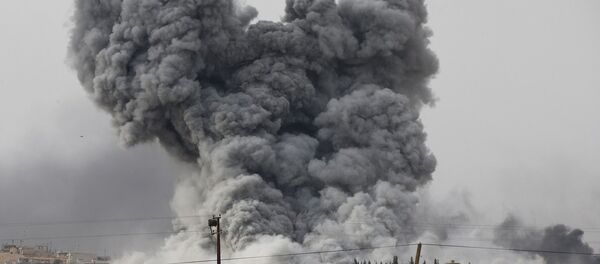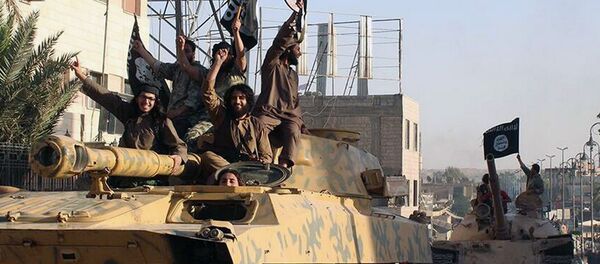The conflict between Syrian Kurds and Islamic militants began in July 2013, when Kurdish forces took over the city of Ras al-Ayn near the Turkish border. Currently Syrian Kurdistan is de facto an autonomous region opposing both government forces and Islamic State militants.
"Gunmen broke the doors and burst into the houses," Ashrad Mho continues, "ordering all those present to go to the square. There are more than 500 homes in the village. They looted all the houses and stole all the cars. They blew up the mosque and the tomb of our holy sheikh Haznavi. 15 men, including me, were blindfolded and taken to the village of Tal Khamis. All the way we were beaten and insulted. In the next three days, all of us were kept in a very dirty room with 4 square meters in area. Every day, the terrorists issued threats, promising to behead us."
Prior to that IS had released several online videos, promoting radical Islam and the beheadings of several captured hostages, including American-Israeli journalist Steven Sotloff, and two British aid workers, David Haines and Alan Henning. Fortunately, Ashraf Mgo escaped this fate.
"Most fighters that we saw were foreigners, including those from Tunisia, Morocco, Libya and Egypt. On the fifteenth day of our captivity, thirteen people, including me, were lucky to be released by the militants, who said that they failed to confirm our being members of any of the Kurdish militias. But one young guy and an older man from our village remained in their hands," Ashraf Mgo said.
IS, also known as the Islamic State of Iraq and Greater Syria (ISIS) or the Islamic State of Iraq and the Levant (ISIL), fought against Syrian President Bashar Assad before launching attacks in northern and western Iraq in June.
In August, the United States started airstrikes against IS positions in Iraq. In September, attacks by the United States and its allies were extended to Syria.






